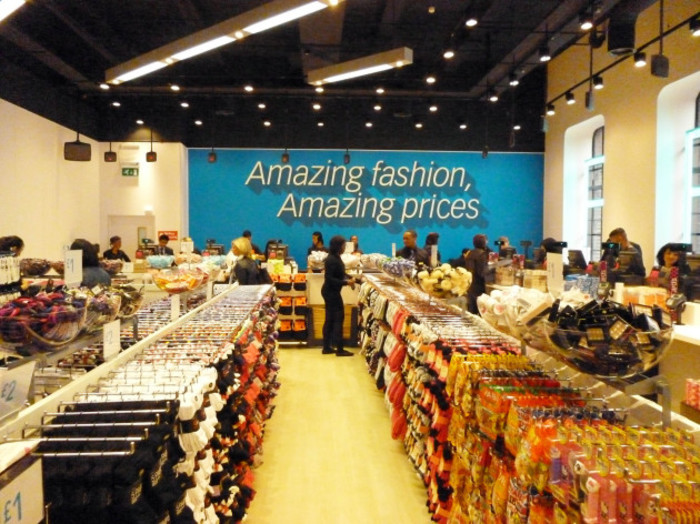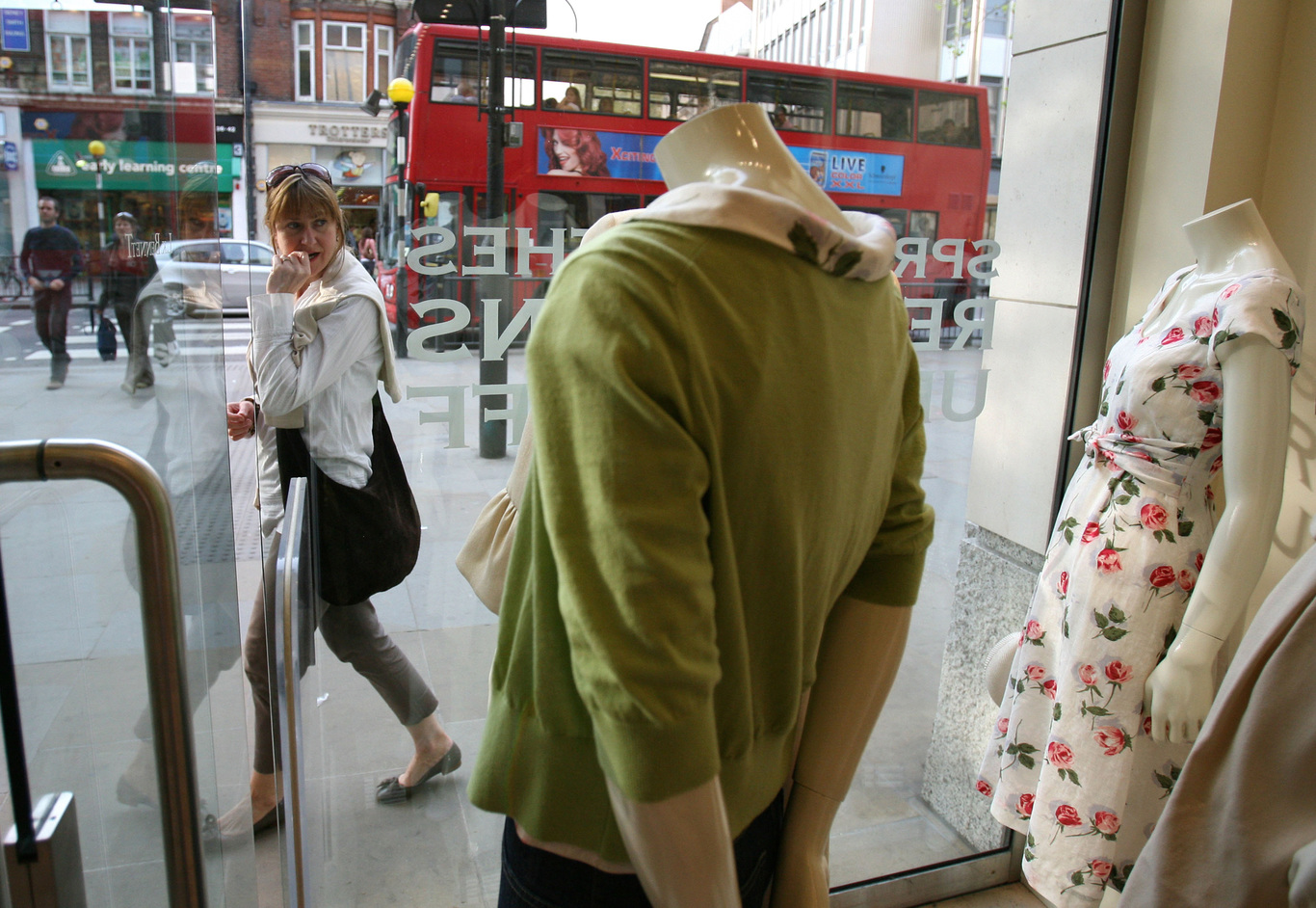'You used to have five seconds to attract window shoppers. Now you have two'
The expert behind displays for the Kilkenny group delivers a masterclass in visual merchandising.
A DECADE AGO, ‘visual merchandising’ was fairly important. Today, it’s crucial because the fight for customers’ attention is much more prevalent.
For those who don’t know, visual merchandising is when shops come up with in-store and window displays to show off their products in a bid to drive sales.
Essentially, it is the public face of a retailer, the experience that customers have when they visit or interact with a brand.
The practice is split into two areas: creative – the visuals, how to grab the customers’ attention – and commercial – the way you display items so customers pick them up and purchase more.
A lot of retailers only focus on the commercial side because they can see how it puts money in their tills. But now, with all the focus shifting in retail towards store experience, you really have to merge the two disciplines if you want to have success.
With that in mind, here are some tips for how store owners can entice more customers by improving their shopfronts and interiors.
The windows
Your window obviously plays a big part in enticing people in the door. It used to be a case that you had up to five seconds to catch the eye of a passer-by.
That’s probably down to two seconds nowadays because a lot of people are on their phones and don’t engage with the high street the way they used to.
If you want to make an impression, your best bet is to keep a window display simple and uncluttered. I know it’s a bit of a cliché, but I’m always telling clients that less is more.
When you’re putting a window display together, a safe bet is to use items from one category, rather than lots of different items. That’s called ‘repeat merchandising’. People like to see just one item from one category because they can process it much quicker.
 Visual Sense founder Rowena Doyle
Visual Sense founder Rowena Doyle
Let’s say you owned a boutique and you were trying to push a new line of handbags. You’d want to put three, five or seven of the bags on display for them to make an impact on a passer-by.
When in doubt, I’d always tell clients to use that technique. It’s a tried and tested trick that even the big retailers revert to.
However, you can’t just drop them in the window space, you have to create something visually appealing that centres around the product. Knowing your customer and what appeals to them and being aware of the latest trends will help with creating an impactful display.
Evolve
Every fortnight, we completely change the product layouts in our clients’ windows. It’s a no-brainer because when people see a move, they automatically think you have new stock – even if you’re just moving items around.
For shops in a small town, you would need to change your windows weekly in order to look fresh to passing customers.
It should be built in to your normal work schedule, and you should aim to have a new look ready Wednesday evenings because people tend to shop on a Thursday or Friday.
The set-up can be the same, just make sure the colours are completely different. If you’ve done something with blue and orange, maybe change it to more muted pastel colours. The difference needs to be noticeable, otherwise there’s no point.
You should give the inside of your shop a regular refresh as well. Every time you move a rail, people will ask if it’s new stock, even though it’s probably not. Customers really don’t see everything on the floor, so switching it up is essential.
The products you’re having trouble shifting should be put closer to the entrance – and be creative with them.
If you have a really good product, put it down the back of the shop to get customers to come further inside. A lot of people shop halfway, get bored and are out the door.
To entice them even further inside, you should make sure the walkway to the back is easy to navigate. I still see a lot of overcrowding in stores. People can’t shop like this anymore, there’s so much to look at, so try to keep the floor as uncluttered as possible.
You have to be a bit of a magician and make it look like there’s less product on the floor than there actually is. It takes a lot of work to get it right. Try to make sure the customer’s sight lines and views from the front door to the back aren’t disrupted.
If you get your product adjacency right as well, you’ll be able to sell more. Penneys and Boots are really good at it, so look at how they position similar items in their stores.
For example, if you’re selling a jacket, show some variations of how to wear it, inspire your customer. You want them to make the decision to buy a few items together there and then, not in a few days from another store.
 Inside a Penneys store
Inside a Penneys store
Atmosphere
There are many ways to improve the atmosphere in your store to make customers comfortable to spend a little bit more than they had expected to.
Music is a massive part of the experience. It should be at a comfortable volume and match your brand.
Scent machines are quite a big thing nowadays as well. If you go into the likes of Oasis, they have a signature smell that sort of sets the tone as soon as somebody walks in.
If you use a familiar smell like a lemon and ginger smell or coffee, it will relax your customer, make them slow down and ultimately spend more.
If you’re looking for inspiration for a visual merchandising campaign, I’d recommend going in to see some of the new layouts in Brown Thomas on Grafton Street. They’re doing a really good job. They’re really creative but commercial at the same time.
You probably won’t have the same budget for props, but there’s no harm in borrowing small ideas from them and retrofitting them to suit your own shop.
The most important thing is to remember who your customer is – the strategy of how to reach them all stems from that crucial knowledge.
Rowena Doyle is founder of Visual Sense. This article was written in conversation with Conor McMahon as part of a series of masterclasses with some of Ireland’s most influential business people.
If you want to share your opinion, advice or story, email opinion@fora.ie.






